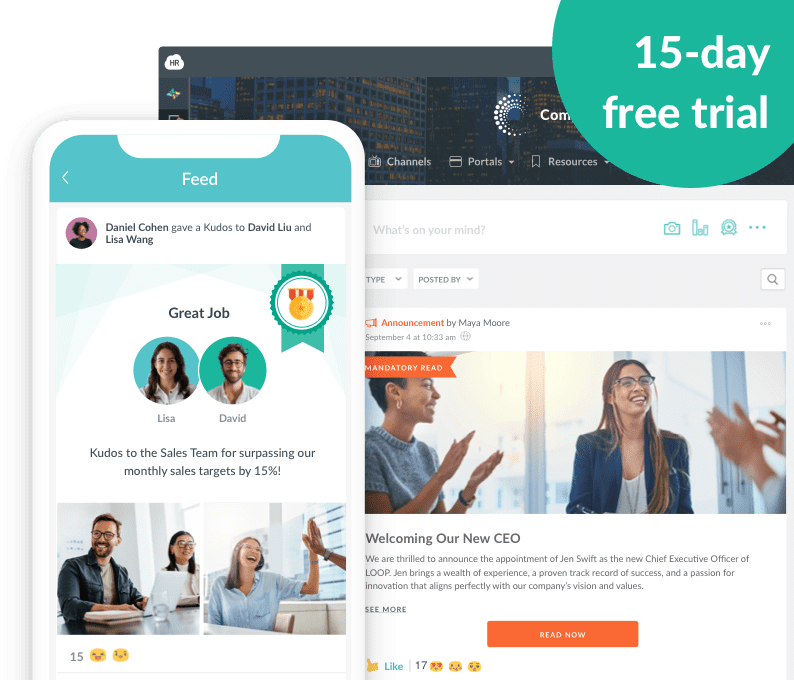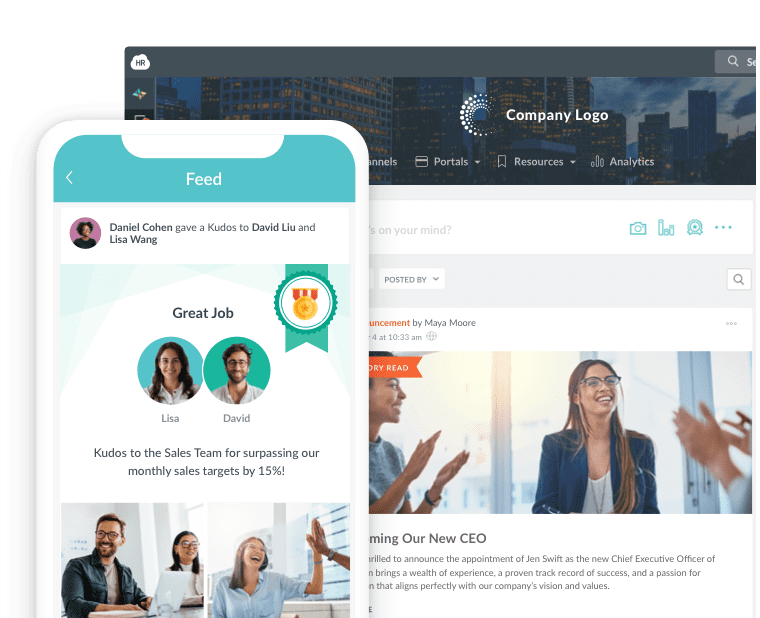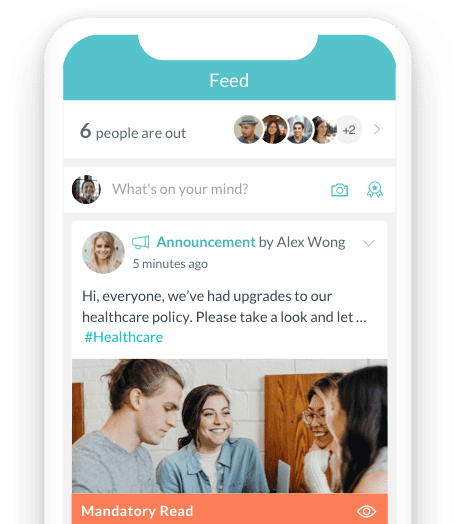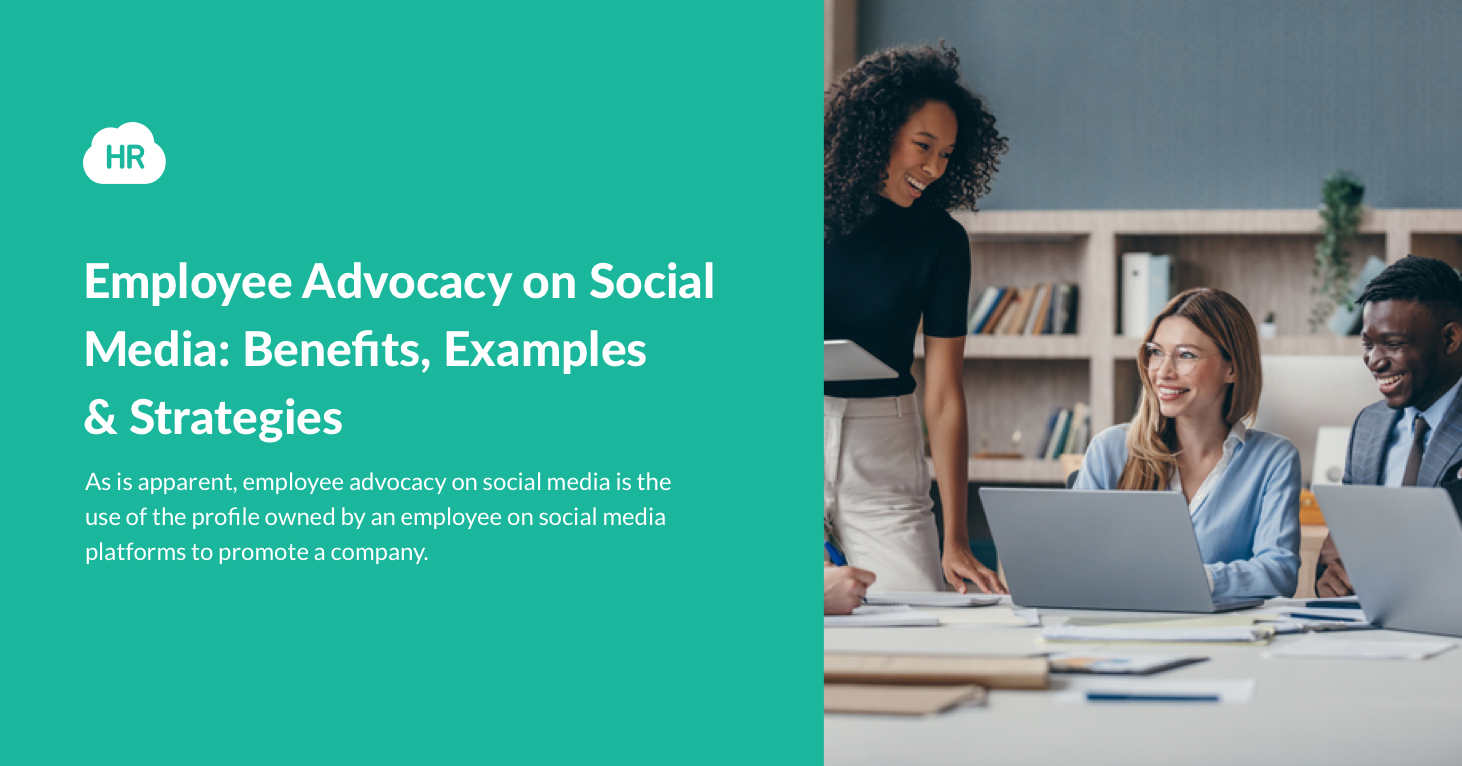- Importance of Leveraging Employees as Brand Ambassadors
- What is Employee Advocacy on Social Media?
- Benefits of Employee Advocacy on Social Media
- Strategies to Implement Employee Advocacy on Social Media
- How to Encourage Employees in Advocacy Programs
- How to Measure the Success of Employee Advocacy
- How Social Media Marketing Panels are Beneficial in Employee Advocacy on Social Media
- Challenges of Employee Advocacy on Social Media
- Future Trends in Employee Advocacy on Social Media
- Conclusion
As is apparent, employee advocacy on social media is the use of the profile owned by an employee on social media platforms to promote a company. In the current society where social media influence has become the determinant of public perception of a certain brand then the employees have the potential to act as the brand influencers.
Importance of Leveraging Employees as Brand Ambassadors:
A company can benefit greatly from its employees using them as messengers or advocates of the firm’s message and goals. Believers have the ability to create genuine content as they promote the organization with the view of its mission and values hence leading to trust among the network.
As such, this blog post seeks to highlight the advantages of having the employee advocacy program, as well as provide samples and cases that demonstrate how it can work, and the steps one needs to take in order to get it right. Further, about how Social media marketing panels are useful in boosting these efforts will also be explored more.
What is Employee Advocacy on Social Media?
Employee advocacy is the act of promoting a company’s message on social media platforms by the employees under their own profiles. Such information can include corporate news, articles, vacancies, and others.
In the context of social media, employee advocacy is the process of turning ordinary employees into promoters who post information about their employers’ organizations. This form of sharing can go a long way in spreading awareness of the company since people in an organization’s employees are likely to have different networks or even larger networks than the organization's official pages.
The public perception of an organization is quite a significant part of organizational reality and is created amply by its employees. When posting only cheerful and truthful information, a company can show potential customers, partners, and even future employees the results of the work, atmosphere, and values at the company.

 Try Out Our
Try Out OurEmployee Engagement Software For Free


Benefits of Employee Advocacy on Social Media
1. Increased Brand Awareness
When the employees share the content, then it has extended reach, and many people in the audience are not direct followers of the company. This organic reach can enhance brand exposure and recognition since the contacts of each worker differ and are vast.
2. Enhanced Trust and Credibility
A common observation from several surveys is that audiences are more likely to believe recommendations as well as the content posted by the likes than they are likely to believe the content in corporate channels. When content is shared by the employee, there is perceived to be higher credibility as compared to other messages hence the company’s credibility is boosted.
3. Higher Engagement Rates
Employee-engaged posts generate more engagement like; likes, shares, and comments than the posts shared from official corporate pages. This is so because such an individual is likely to engage with the content posted by any other person in his/her personal network.
4. Cost-Effective Marketing
Employee advocacy is another type of word-of-mouth marketing that may be the most effective, yet cheapest. If employees allow their companies to access their accounts, the latter will only need to spend minimum dollars yet will have a large audience more often than not interacting with their posts.
5. Improved Employee Engagement
Promoting advocacy programs can enhance the employee’s organizational commitment to the company. It encourages staff to feel more involved and part of the company and this gives employees have more sense of ownership in the business.
Strategies to Implement Employee Advocacy on Social Media
#1 Develop a Clear Plan and Objectives
As a best practice, the objectives of the employee advocacy program have to be as follows: It could be goals like raising the level of brand familiarity, and pageviews or optimizing the recruitment campaigns with employee advocacy to find top talents. It will frame how the program is to be implemented and the way it can measure or assess its effectiveness.
#2 Provide Training and Resources
Managers must avail resources and necessary personnel to give adequate training to the employees to enable them to participate in advocacy programs. This could refer to guidelines on the use of social media, rates of posting, and accessing the organizations’ content that employees can post.
#3 Create Shareable Content
Create content through the awareness that the dissemination process may not involve direct interaction with managers or through face-to-face communication, hence coming up with content that can be easily shared by employees including; blogs, pictures, or company news updates, among others. The content should therefore be relevant, and appealing and reflect the company’s communication in a manner that OSOA employees would want to share the content.
#4 Use Advocacy Tools
Take advantage of staff amplification features that make it much easier to share content and to monitor the level of engagement. LinkedIn Elevate, Hootsuite Amplify, and Smarp are some of the websites used by companies in sharing their content with their employees as well as tracking the performance of the content shared.
#5 Incentivize Participation
Promote the advocacy program among staff and reward employees interested in participating through recognition or any form of rewards or even by incorporating gamification principles of rewards like leaderboards. This can encourage the employees to participate in the creation and sharing of the content more often.
#6 Monitor and Measure Success
Monitor the performance of the launched employee advocacy program on the key parameters like the coverage, activity rate, and conversion rate. This data should be used to modify the strategy of enrollment and make the program better in the long run.
How to Encourage Employee Participation in Advocacy Programs
1. Create a Culture of Advocacy
Promote an organizational culture where advocacy is supported and people are rewarded for supporting others. It should be infused by leadership, employees should feel that they are advocating and that they are making a difference.
2. Offer Rewards and Recognition
Establish an employee recognition program as a part of incentives that will motivate those employees who fully participate in advocacy. This could be in the form of end-of-the-month gifts, bonuses, or even in form of recognition during meetings or through company magazines.
3. Make Advocacy Easy and Fun
Reduce the amount of effort required in advocacy by offering employees ‘copy-paste’ while giving them ready-made text and ideas, and simple tools. It is also possible to add some rewards in the way of points and badges that will make the process more fun for employees.

How to Measure the Success of Employee Advocacy on Social Media
Key Metrics to Track
Follow metrics like the total shares, the audience, the likes, comments, share ratio, traffic from the social site, and conversion rates. These are the general set of indicators that will assist in measuring the effectiveness of the advocacy program.
Tools for Measurement
Employ the use of web analytics tools such as Google Analytics, and Linked Analytics as well as social media management tools to monitor the results of the shared content by employees. These are the tools used to measure the extent to which the content has been adopted, the interactions made on the content as well as the successes of the content.
Interpreting Results and Optimizing Strategy
Always reflect on the results obtained to tell the success or failure of a particular method. Employ these findings to enhance the content of the message, offer further training to the employees, and modify the program that created the results.
How Social Media Marketing Panels are Beneficial in Employee Advocacy on Social Media
a) Streamlining Content Distribution
SMM panels can also be useful for the distribution of content to the employees when speaking about the practical part of using them effectively. These panels can also be used by companies to aggregate the content in one place and make it easier for the employees to spread the content on several social networks.
b) Enhancing Engagement Rates
SMM seems to be useful when it comes to exhausting the first wave of employees’ post-interactions. Due to buying likes, shares, and comments with the help of SMM panels, it is possible to make content look more popular, and thus initiate further organic engagement.
c) Tracking and Analytics
Most of the SMM panels contain tracking and analytics tools that enable companies to conduct tracking for employee advocacy campaigns. These kinds of statistics can be utilized in the determination of the effectiveness of the advocacy program and the kind of strategies to be employed in the future.
d) Cost-Effective Amplification
SMM panels work to further the reach of the content posted by the employees at a much lower cost. Through these panels, firms can be certain that content will go viral, without having to spend a fortune on adverts.
Challenges of Employee Advocacy on Social Media
Maintaining Authenticity
A major consideration of employee advocacy is therefore to ensure that the content being posted by the employees is organic. This shows that employees should find the content shared on social media platforms very relevant and not be forced to make the company’s announcements.
Balancing Personal and Professional
This is because the personal use of social media is different from the organizational use and employees might find it hard to distinguish between the two. Employers should offer some recommendations on the limits of the integration of personal and professional profiles and the recognition of the subject’s personal brand.
Ensuring Consistency
Making sure that participation is uniform throughout the organization can sometimes be difficult. To ensure the program has a constant supply of avocation materials to share it is wise to periodically remind and encourage the employees to participate within it.
Future Trends in Employee Advocacy on Social Media
Rise of AI-Powered Tools
It has also been noticed that the usage of AI tools in the promotion of employee advocacy programs is becoming popular as it brings automation to such programs. Some of these can recommend what should be posted, when best to post it, and even write posts for the employees to share.
Increased Focus on Authenticity
Building on the idea that consumers are becoming smarter over time, there is an increased emphasis placed on the authenticity of the advocates – the employees. Future trends will be more inclined toward more personalized and real posts created and posted by the employee.
Integration with Other Marketing Channels
Some analysts claim that employee advocacy shall continue to blend with other marketing solutions, for instance, influencer marketing, content marketing, and customer advocacy. This approach will be beneficial as a multiple-channel approach so as to make the entire marketing plan more integrated and effective.
Expansion of Advocacy Programs Beyond Social Media
Today, it is also clear that while social networking is the primary channel for employee advocacy, in the future, the main trends in this sphere will be to extend Advocacy Programs to other channels of communication, including Email, Blogs, Conferences, etc.
Conclusion
Employee advocacy is a social media strategy that makes employees become promoters of their company’s message, boost credibility, and improve Brand awareness. By summing up several voices of the companies’ employees, it is possible to reach very impressive marketing and engagement results.
Regardless of whether you are new to the idea, or looking to have a more fine-tuned approach, introducing an employee advocacy program is a good strategic move for many reasons. By enlisting the employees and making them realize their important role in the success of a firm’s activities, the employees and firms will be more engaged in advocating for success.
About Author:
This article is written by a marketing team member at HR Cloud. HR Cloud is a leading provider of proven HR solutions, including recruiting, onboarding, employee communications & engagement, and rewards & recognition. Our user-friendly software increases employee productivity, delivers time and cost savings, and minimizes compliance risk.
Keep Reading
Balancing Technology and the Human Touch in Employee Engagement
Companies are taking employee engagement very seriously because it is one of the ways of
Building Strong Teams: The Power of Team Bonding Exercises
Never overestimate the power of collaboration as a core element of effective team


